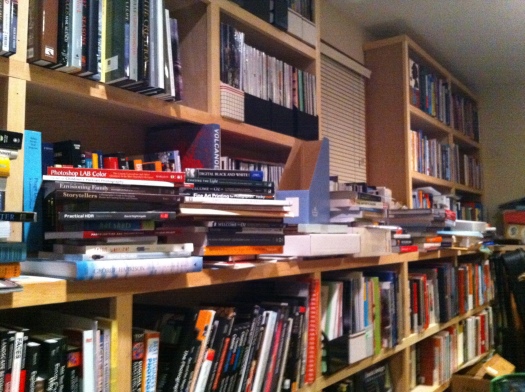As I gear up for the exhibition at the RMSP gallery, whether to limit the edition size of the prints displayed and how to appropriately price them has been something I’ve been giving some thought to.
Let’s start with limited editions. I struggle to understand the physical reason to limit editions of photographs. When prints were made from an object, such as a metal plate or a wood block or a potato then that object would wear and as such the quality of the print would degrade. In that case limiting the number of prints to the number of good prints that could be made makes sense. For a photograph and particularly a digital photograph this argument doesn’t hold water and so the reason to limit an edition is to help control the price. Buy now before they’re gone for ever! Buy one of the first 10 before the price steps up. That kind of thing. I have little experience with this kind of motivation to buy from a sellers perspective, as a buyer it doesn’t interest me. If what I’m buying is reasonably priced then I’ll buy it, otherwise I won’t. Limiting the edition doesn’t impact that choice for me. Brooks Jensen has an excellent piece on what size an edition should be. You can find the pdf of that here.
It seems common practice even amongst early career fine art photographers to both edition work and also to charge what one could argue are significant prices for their work. I’m not against making a living from photography, far from it but I do wonder whether the price prohibits any work getting sold at all. For instance are you more likely to sell 10 prints priced at $25 or one at $250? Perhaps when you have an established customer base that you know will support your pricing it makes sense but until then what to do? I’m not much of a salesman and as such what is important to me is not wringing every last dollar out of the transaction but making people feel like they got something that was worth at least the dollar amount that the paid.
The actual price should be dictated in part by your fixed costs – this will be different for everyone, but if you’re having someone do the printing for you then you ought to at least cover that cost, if you’re printing yourself then the base price will be fixed by the materials, paper, ink etc., your time and any other overhead – the cost of keeping the lights on and the printer running. How much beyond these costs you want to go is largely dictated by how much do you want to make and how much do you think the market will pay. I think that the answer is that there’s not one answer but to have something that will work for people with a variety of budgets from $20 to $1000 and more.
The scheme that I’m circling around has, I hope, something for everything. Paper sizes from 8×10 to 24×36 with options for print only, ready to frame and framed. The pricing scheme that I have in mind at the moment would give me a range of ~$20 to ~$1500. As I said above I don’t see a reason to limit editions and so for now I don’t plan to limit my prints.
So what do you think – reasonable or crazy? I’d be interested in hearing your thoughts.






